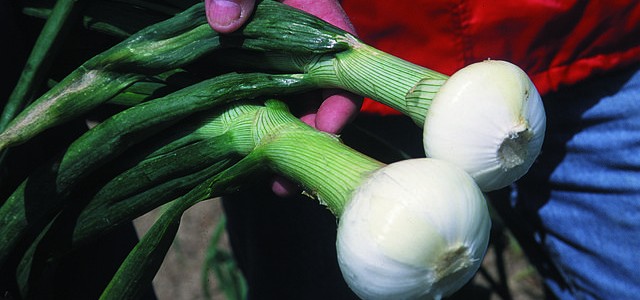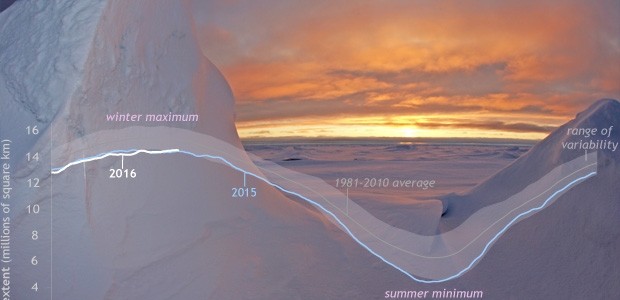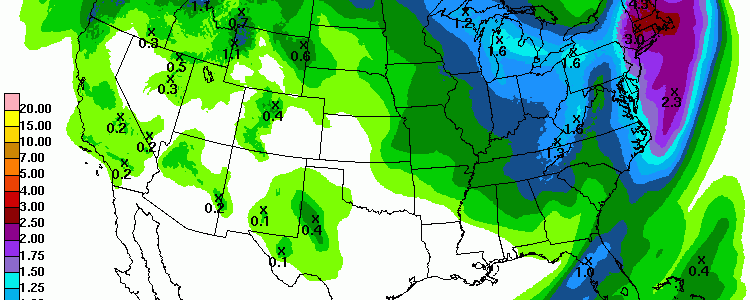Climate and Ag in the news
-

Slate magazine published some historical frost maps from 1916 which show the spring and fall frost dates for the US based on the historical climate record from early in the century. You can see the article and copies of the maps at https://www.slate.com/blogs/the_vault/2016/03/28/history_of_climate_change_as_seen_in_frost_maps_from_1916.html. I’ve put a zoomed in version of the spring frost map below. Next…
-

After some rain thinned onion stands early in the growing season, nearly ideal weather conditions have prevailed across the Vidalia onion cropland this spring. According to The Packer, some experts are predicting a bumper crop. So far plants are large and healthy with low disease pressure. The final yield will depend on the weather conditions…
-

This year, due to dramatically warm conditions in the Arctic, “more of the Arctic’s sea surface seems to have remained unfrozen this winter than ever before in the era of satellite monitoring,” according to the National Snow and Ice Data Center, as quoted in Discover magazine’s ImaGeo blog here. The low extent of sea ice this…
Posted in: Climate and Ag in the news -

Today marks the 42nd anniversary of the Super Outbreak of tornadoes, which hit a wide area of the eastern US stretching from Alabama to Michigan. Until 2011’s massive outbreak, it was the largest outbreak of tornadoes in one event on record, with 148 reported tornadoes, 319 deaths, 5484 injuries, and $3.5 billion in damage. I…
-

This is the time of year when many birds are moving north for the summer. The flocks show up beautifully on Doppler radar. Cliff Mass shows radar images of bird movement in the Pacific Northwest in his blog at https://cliffmass.blogspot.com/2016/03/bird-migration-on-radar-what-weather.html. Smithsonian magazine also has an article describing how the birds are detected at https://www.smithsonianmag.com/smart-news/how-doppler-radar-can-track-bird-migrations-180952834/?no-ist.
-

LiveScience posted an interesting story and video today on how changes in climate have affected past civilizations. The 3-minute video focuses on the impacts of the Little Ice Age, a time when the earth was about 1 degree F colder than present due to decreased solar radiation and higher volcanic activity. Some civilizations adapted easily…
-

After the cold front completes its move across the Florida peninsula and eastern North Carolina today, the rest of the week should be mostly dry for the Southeast. Some chance of light showers does reappear by mid-week but total amounts are expected to be light. This after a week with some areas, including Macon GA,…